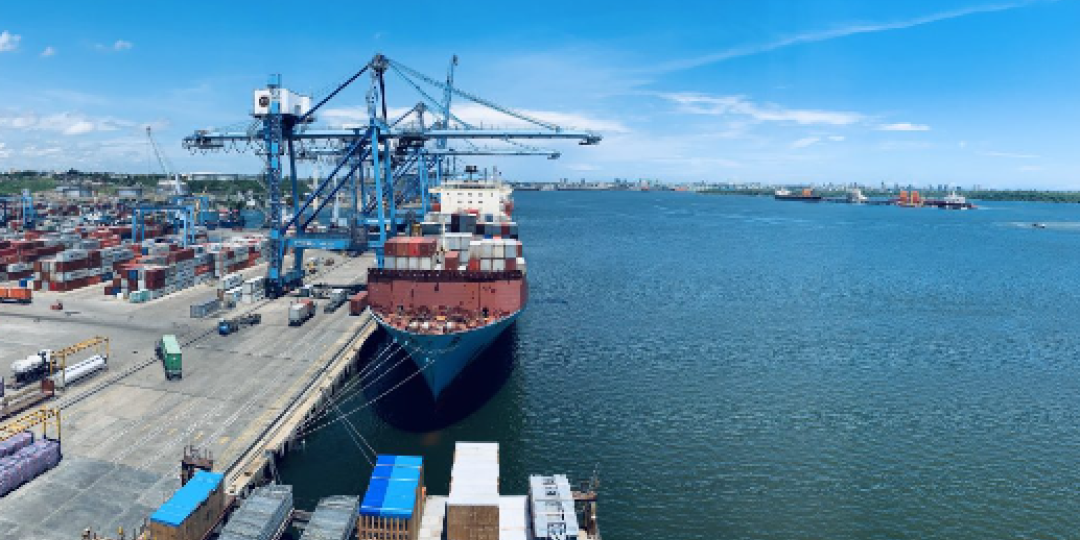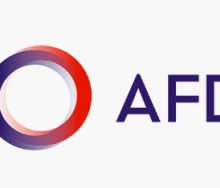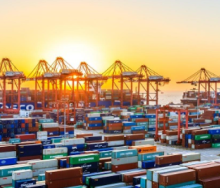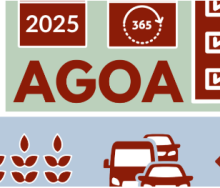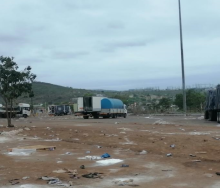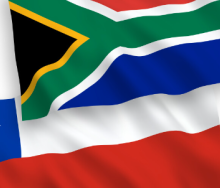Reefer exports through Kenya’s Port of Mombasa from landlocked Uganda and Tanzania, which are serviced by their own primary ports of Dar es Salaam and Tanga, have increased 6% year-on-year.
This is despite Kenya's sea freight being more expensive than surrounding countries.
In addition, Kenya’s inland transport is also expensive.
Sea freight competition with the north-lying Port of Berbera in Somalia’s breakaway region of Somaliland, which is steadily expanding as a hub, and Dar es Salaam in the south, also threatens Mombasa’s ambitions to become a leading East Africa port.
This is especially due to the imbalance between reefers imported and exported, as Kenya exports more reefers than it imports.
To address this, a report conducted by the Kingdom of the Netherlands, “A study on sea freight for Kenya’s agricultural exports”, recommends several measures, including reducing the cost of shipping by making Mombasa a more reliable port for shipping lines.
The report also suggests improving sea freight connections between Mombasa and north-western Europe, and investing in consolidation centres to allow improved handling, grading, and packing of produce like avocados and mangoes.
The Kenyan government is also working to make sea freight of agricultural exports more efficient and bring down costs.
This includes a focus on improving port operations in Mombasa and facilitating the establishment of consolidation centres near production regions.
The increase in fresh produce exports through Mombasa comes as Tanzania is set to sell 500 000 tonnes of maize to the Democratic Republic of the Congo (DRC), which is facing a food shortage.
This agreement was signed between the state-run National Food Reserve Agency in Tanzania and a company based in the DRC's Katanga Province.
Logistics conglomerate Alpha Group, headquartered in Mombasa, offers a wide variety of fresh and frozen fish and seafood from Lake Victoria and the Indian Ocean, in the hope of adding to the supply chain appeal of Kenya’s main port.
